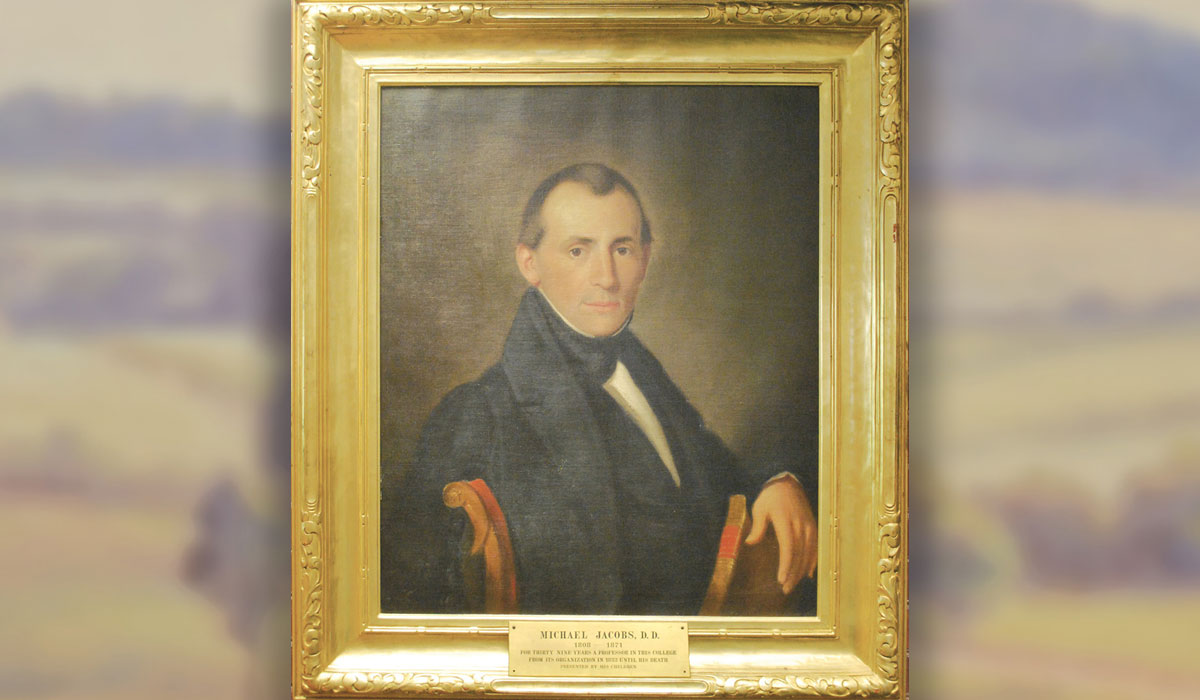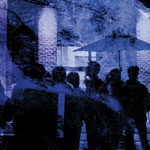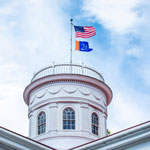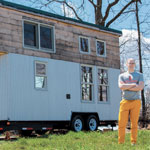

It was July 1, 1863. The temperature lingered in the high 70s, shaded by a cloud-coated sky above, and there was a high chance of battle. Longtime mathematics, chemistry, and natural philosophy Prof. Michael Jacobs’ day of teaching quickly turned to a history lesson in the making as he witnessed the Battle of Gettysburg billow around him on the campus grounds.
Seeking safety, Jacobs retreated to his house on the corner of Washington Street and Middle Street to wait out the battle with his family, but his eyes remained fixated on the war that raged on outside. Recognizing the significance of the days’ events even then, paper in hand, Jacobs recorded his observations, most notably one detail that faded into the background for all others: the weather.
By October 1863, Jacobs published his findings in “Notes of the Rebel Invasion of Maryland and Pennsylvania in the Battle of Gettysburg,” one of the first books published about the battle, of which an original edition can be found in Musselman Library’s Special Collections and College Archives.
This detailed weather report penned by Jacobs continues to play a critical role in setting and preserving the scene of the Battle of Gettysburg. Not only can we feel warm, summer days in Gettysburg, Pennsylvania, on our skin and know it to be reminiscent of the weather during those defining days in 1863, but it has also helped save “The Battle of Gettysburg,” a painting by 1800s artist Paul Philippoteaux depicting Pickett’s Charge.
Following years of deterioration, a substantial portion of the sky was missing from the painting. In the early 2000s, the Gettysburg Foundation, in partnership with the National Park Service, worked with art conservationists to recreate the sky—strongly referencing Jacobs’ long-living musings.
by Molly Foster
Posted: 11/03/22


